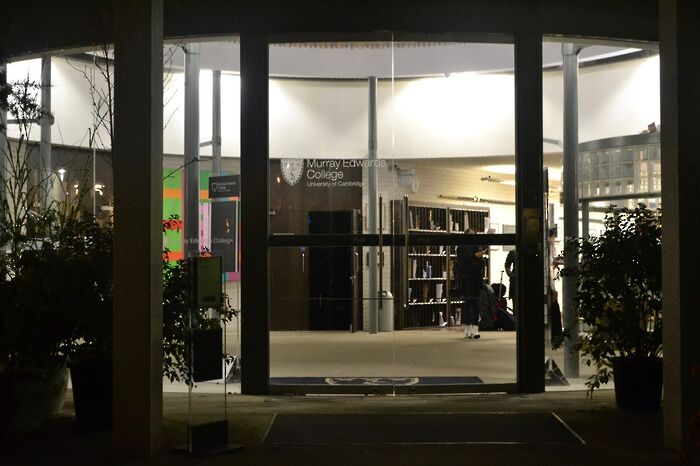Why Cambridge rents are a feminist issue
‘The women’s colleges need to put their money where their mouth is, and cut the rent’ argues Kate Litman

Cambridge’s women’s colleges – Murray Edwards, Newnham, and Lucy Cavendish – are distinguished from other colleges not only by their single-sex status, but by their high rents. In the 2017-18 CUSU Big Cambridge Survey, these three colleges were found to have the second, fourth, and seventh highest rents of all Cambridge colleges. In November, Newnham students reported the lowest satisfaction rates of all 31 colleges for value for money of their rent costs (10%), followed by Girton (15%) and Murray Edwards and Lucy Cavendish (both 21%). In the Cambridge context, then, it is easy to argue that rent is a gendered issue.
This month, Murray Edwards Cut the Rent campaign collected anonymous testimony from Murray Edwards students on the consequences of high rent. One student said that high rent had caused them to develop “feelings of guilt and anxiety surrounding money which affect me on a daily basis.” Students described the difficulty of balancing their degrees with ‘earning enough money to pay bills’. One student reported having to work two jobs in order to pay her rent. Similarly, last year Varsity reported that Newnham students were hit hard by high rents. One student said of the difficulty they faced: “I did very little revision over the Christmas holidays because I had to work. If I lost my job I would struggle to pay rent and eat.”
"We need to see the high rents at women’s colleges as part of the broader structures at play within the University."
On their websites, Murray Edwards and Newnham promise prospective applicants a supportive environment which champions women’s education. Murray Edwards describes itself as “a College which can focus specifically on young women’s learning”, while Newnham tells applicants that the college “gives priority to the achievement, needs and potential of women”. However, being part of the Murray Edwards Cut the Rent campaign has shown me how high rents can impact on students’ financial situation and their mental and physical wellbeing.
At a university like Cambridge, which demands that students prioritise academic work and discourages paid employment, worries about money risk putting students, especially those from a lower-income background, at a significant disadvantage.
We need to see the high rents at women’s colleges as part of the broader structures at play within the University. Women were not awarded degrees until 1921, and it was only in 1988 that the last men’s college, Magdalene, began to admit women.
If the integration of women into the University was slow on paper, I would argue that it has been even slower in practice. As Murray Edwards themselves recognise, many women ‘still experience environments where their achievements are not recognised or their voice is not heard.’ The only recent report of its kind, Mind the Gap, found that one in three women do not feel that Cambridge provides a learning environment that allows them to work to the best of their ability. The report also found that the situation was significantly worse for BME women and disabled women. Only 36% of BME women felt that Cambridge allowed them to work to the best of their ability, compared to 44% of white women, while only 30% of disabled women agreed, compared to 46% of non-disabled women.
Currently, students at women’s colleges report struggling with financial hardship, deteriorating mental health, and even food insecurity. These colleges need to put their money where their mouth is, and cut the rent.
 News / Sidney May Ball cancelled6 November 2025
News / Sidney May Ball cancelled6 November 2025 News / Climate protesters rally against the Careers Service5 November 2025
News / Climate protesters rally against the Careers Service5 November 2025 News / Students launch women’s society excluding trans women31 October 2025
News / Students launch women’s society excluding trans women31 October 2025 News / Students allowed to use AI, says new uni guidance31 October 2025
News / Students allowed to use AI, says new uni guidance31 October 2025 Theatre / Hitler at the ADC? These guys pull it off5 November 2025
Theatre / Hitler at the ADC? These guys pull it off5 November 2025









